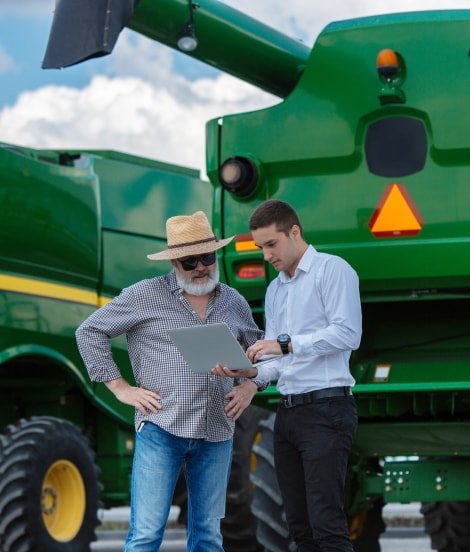1LF hydraulic reversible plow is mounted with four-wheel tractor. It is used for the loam, sand soil, cultivated and dry land, it can finish the furrowing work in double way.
Ploughing and loosening the soil:
Breaking up compacted layers: Using a ploughshare to cut into the soil, the tillage layer is turned over (to a depth of 20-40 cm), breaking up the hard compacted layers formed by long-term cultivation, thereby improving soil aeration and permeability.
Loosening the soil: The underlying virgin soil is brought to the surface, promoting soil maturation and enhancing water retention and nutrient-holding capacity.
Straw and weed management:
Straw return to soil: Incorporate residual corn, wheat, and other crop residues from the soil surface into the lower soil layers to accelerate decomposition and increase organic matter content (coverage rate can reach over 90%).
Weed suppression: By incorporating weed seeds and roots into the soil, reduce herbicide usage and lower the risk of pests and diseases.
Land levelling and ridge formation:
Level the surface: Eliminate unevenness in the field to facilitate subsequent sowing, irrigation, and other operations.
Ridge formation/trenching: Adjust the angle and arrangement of ploughing tools to achieve ridge cultivation or trench sowing, adapting to the planting requirements of different crops (e.g., potatoes, sugarcane).
Soil improvement:
Saline-alkali soil management: Deep ploughing reduces surface salt concentrations. Combined with irrigation to leach salts, this improves crop adaptability in saline-alkali soils.
Frost heaving and sun drying: After autumn or winter ploughing, exposing the soil to low temperatures or sunlight promotes mineral decomposition and the elimination of harmful organisms.
Beifute Company has established an ERP management system and advanced performance testing and chemical testing centers. It has introduced specialized equipment such as spectral analyzers, pressure testing benches, hardness machines, tensile testing machines
